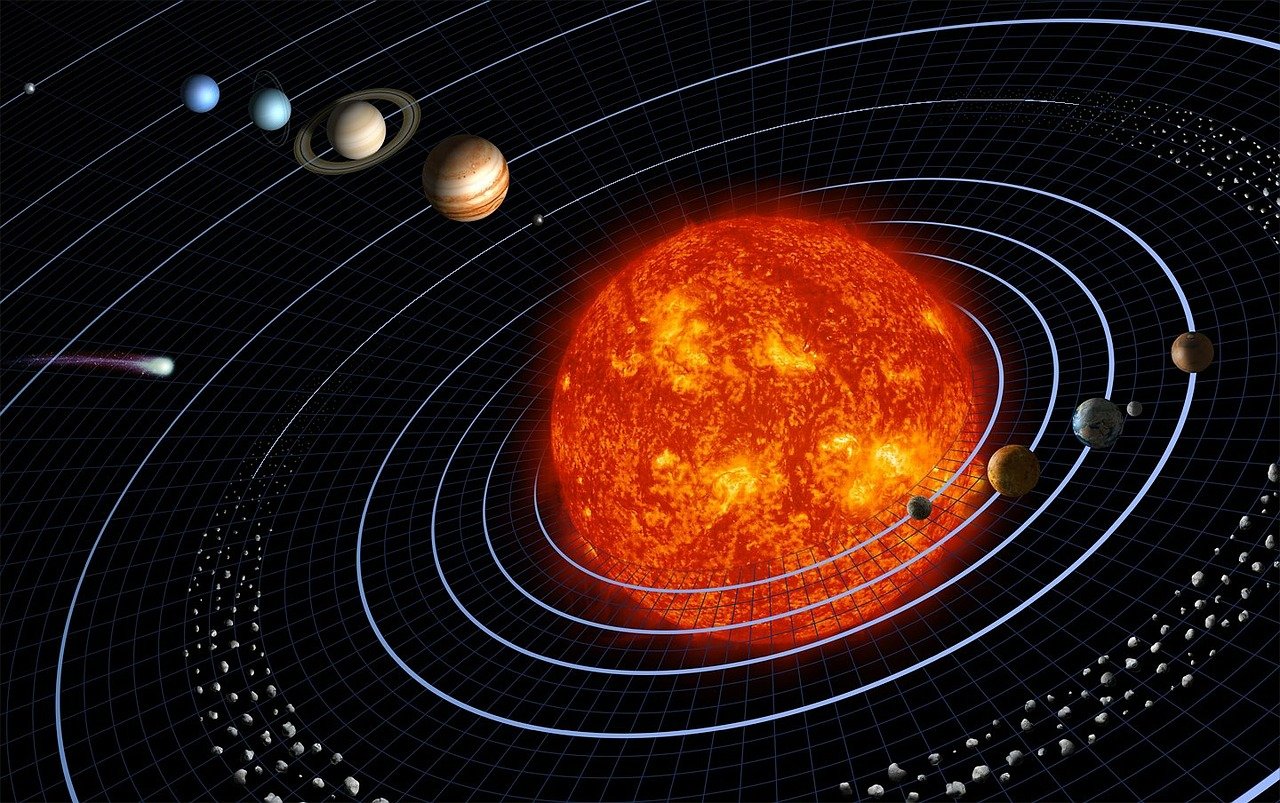The launch of the MRC-100 and its space mission is another important milestone for the Budapest-based University of Technology.Continue reading

For the first time, the chemistry and temperature of exoplanets’ atmospheres will be measured, allowing planetary exploration far beyond the solar system. Ariel, one of the European Space Agency’s flagship scientific missions, is researching the atmosphere, nature, formation, and evolution of exoplanets, the Ministerial Commissioner responsible for space research revealed on Tuesday in Budapest, at the consortium meeting of the space mission.
In addition to scientific research, Hungary is also helping to build the mission’s equipment, emphasized Orsolya Ferencz. She explained that
the aim of the mission is to find out for the first time in human history whether the atmospheres of exoplanets contain any traces of substances that could indicate the presence of life forms there.
She said that Hungarian researchers and engineers are involved in the implementation of the international program, including the staff of the Konkoly Thege Miklós Astronomical Institute, Research Center for Astronomy and Earth Sciences, and the Admatis Kft. from Miskolc (northern Hungary).

Orsolya Ferencz. Photo via MTI/Hegedüs Róbert
The consortium meeting in Budapest provided scientific insight into the Ariel space mission. Researchers from London and other international space agency partners presented the results of the program so far, noted Ferencz.
As part of the Hungarian contribution, Admatis Ltd. will lead a Hungarian team to deliver the instruments on board the space telescope and the equipment needed for Ariel’s construction and ground logistics.
A special cooling radiator will be installed in the spacecraft to precisely control the temperature of critical equipment inside the satellite, typically the detector and electronics.
The Hungarians are also preparing the various assembly frames, positioning equipment and racks to be used for assembly in the UK, as well as three containers in which the space telescope will be transported by road across Europe. These will ensure that the satellite, worth hundreds of millions of euros, is kept at the right temperature and in a vibration-free environment in clean-room conditions.
Hungarian researchers will also participate in the scientific working groups.
In addition to studying the atmospheres of exoplanets, these efforts are aimed at better understanding the function and activity of the parent stars of special planets, and at compiling, optimizing, and completing the target list.
The consortium developing Ariel includes 600 researchers and engineers from more than 50 institutions in 16 ESA member countries, and recently confirmed the participation of U.S.’ NASA, Japan’s JAXA and the Canadian Space Agency. Hungary has been part of the Ariel consortium since early 2018.
The consortium holds quarterly face-to-face meetings where scientists and engineers discuss the mission, design, and construction of the instrument suite, and prepare for the scientific challenges, data management issues, target list, and day-to-day operations of the space mission. Hungary already hosted a virtual consortium meeting during the 2020 COVID outbreak.
Via MTI, Featured photo via Pixabay